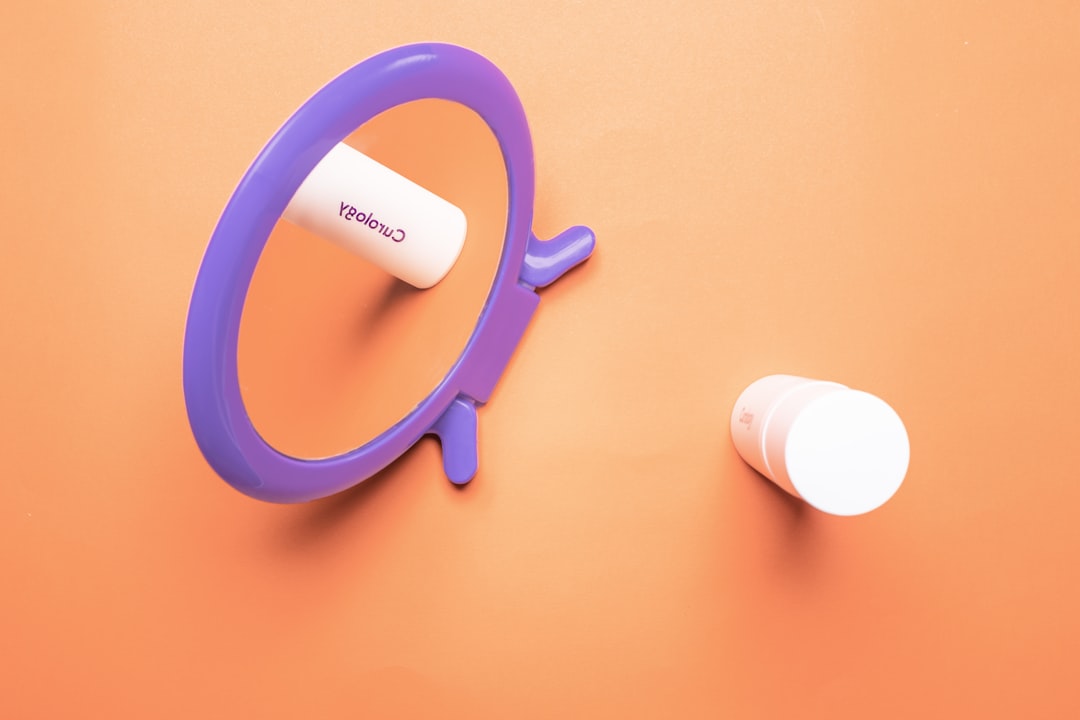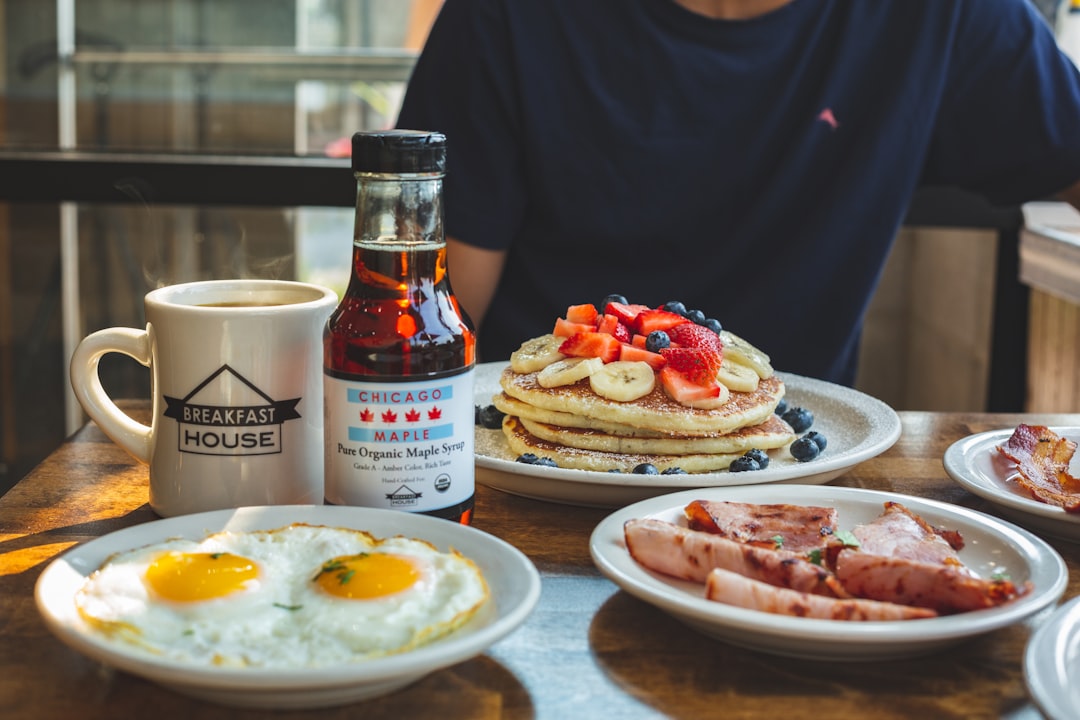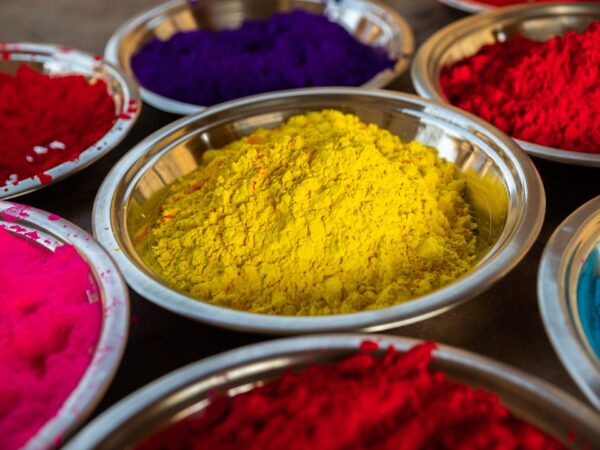
5 DIY Face Packs for Oily Skin
DIY face packs, also known as homemade face masks, are a popular and effective way to care for oily skin. These face packs are made using natural ingredients that can be easily found in your kitchen or local grocery store. They are a cost-effective alternative to store-bought face masks and can be customized to suit your specific skin needs.
Oily skin is characterized by excess sebum production, which can lead to clogged pores, acne, and a shiny appearance. DIY face packs for oily skin are beneficial because they help regulate oil production, unclog pores, reduce acne and breakouts, and provide hydration to the skin. By using these face packs regularly, you can achieve a healthier and more balanced complexion.
Key Takeaways
- DIY face packs can be a great way to manage oily skin at home
- Benefits of using DIY face packs include reducing oiliness, minimizing pores, and improving skin texture
- Ingredients to look for in DIY face packs for oily skin include lemon, honey, turmeric, yogurt, oatmeal, egg white, aloe vera, tea tree oil, cucumber, and mint
- Preparing your skin for DIY face packs involves cleansing and exfoliating beforehand
- Some recommended DIY face packs for oily skin include lemon and honey, turmeric and yogurt, oatmeal and egg white, aloe vera and tea tree oil, and cucumber and mint masks.
Benefits of Using DIY Face Packs for Oily Skin
1. Reduces excess oil production: One of the main benefits of using DIY face packs for oily skin is that they help regulate oil production. Ingredients like lemon juice, tea tree oil, and cucumber have astringent properties that help control sebum production and reduce the appearance of shine on the skin.
2. Helps unclog pores: Oily skin is prone to clogged pores, which can lead to blackheads, whiteheads, and acne. DIY face packs containing ingredients like oatmeal, yogurt, and egg whites can help unclog pores by absorbing excess oil and removing impurities from the skin.
3. Reduces acne and breakouts: Acne is a common concern for those with oily skin. DIY face packs containing ingredients like turmeric, honey, and aloe vera have antibacterial properties that can help reduce acne-causing bacteria on the skin. These ingredients also have anti-inflammatory properties that can soothe existing breakouts and prevent new ones from forming.
4. Provides hydration to the skin: Despite having excess oil production, oily skin still needs hydration. DIY face packs containing ingredients like honey, yogurt, and aloe vera can provide much-needed hydration to the skin without clogging pores. These ingredients also have soothing properties that can calm irritated skin.
Ingredients to Look for in DIY Face Packs for Oily Skin
1. Lemon juice: Lemon juice is a natural astringent that helps control oil production and brighten the skin. It also has antibacterial properties that can help reduce acne-causing bacteria.
2. Honey: Honey is a natural humectant that helps retain moisture in the skin. It also has antibacterial properties that can help reduce acne and soothe inflammation.
3. Turmeric: Turmeric has anti-inflammatory and antibacterial properties that can help reduce acne and calm irritated skin. It also has brightening properties that can even out the skin tone.
4. Yogurt: Yogurt contains lactic acid, which helps exfoliate the skin and unclog pores. It also has moisturizing properties that can hydrate the skin without making it oily.
5. Oatmeal: Oatmeal is a gentle exfoliant that can help remove dead skin cells and unclog pores. It also has soothing properties that can calm irritated skin.
6. Egg whites: Egg whites have a tightening effect on the skin, which can help reduce the appearance of large pores. They also contain proteins that can nourish and firm the skin.
7. Aloe vera: Aloe vera has soothing and hydrating properties that can calm irritated skin and provide moisture without clogging pores. It also has antibacterial properties that can help reduce acne.
8. Tea tree oil: Tea tree oil has antimicrobial properties that can help reduce acne-causing bacteria on the skin. It also has anti-inflammatory properties that can soothe existing breakouts.
9. Cucumber: Cucumber has a cooling effect on the skin, which can help reduce inflammation and soothe irritated skin. It also has astringent properties that can help control oil production.
10. Mint: Mint has a refreshing and cooling effect on the skin, which can help reduce inflammation and soothe irritated skin. It also has antibacterial properties that can help reduce acne.
Preparing Your Skin for DIY Face Packs
| Step | Description |
|---|---|
| 1 | Cleanse your face with a gentle cleanser to remove any dirt or makeup. |
| 2 | Exfoliate your skin to remove dead skin cells and unclog pores. |
| 3 | Steam your face to open up pores and allow for better absorption of the face pack. |
| 4 | Apply a toner to balance the pH level of your skin and prepare it for the face pack. |
| 5 | Apply the DIY face pack evenly on your face and leave it on for the recommended time. |
| 6 | Rinse off the face pack with lukewarm water and pat dry with a clean towel. |
| 7 | Apply a moisturizer to hydrate and nourish your skin after the face pack. |
Before applying a DIY face pack, it is important to prepare your skin to ensure maximum absorption of the ingredients and to prevent any adverse reactions.
1. Cleansing the skin: Start by cleansing your face with a gentle cleanser to remove any dirt, oil, and makeup. This will ensure that the face pack can penetrate the skin effectively.
2. Exfoliating the skin: Exfoliation helps remove dead skin cells and unclog pores, allowing the face pack to work more effectively. Use a gentle exfoliator or a DIY scrub made with ingredients like oatmeal or sugar to exfoliate your skin before applying the face pack.
3. Steaming the face: Steaming your face before applying a face pack can help open up the pores and allow the ingredients to penetrate deeper into the skin. Fill a bowl with hot water, place your face over the bowl, and cover your head with a towel to trap the steam. Steam your face for about 5-10 minutes before applying the face pack.
DIY Face Pack #1: Lemon and Honey Mask
Ingredients needed:
– 1 tablespoon lemon juice
– 1 tablespoon honey
How to prepare and apply the mask:
1. In a small bowl, mix together the lemon juice and honey until well combined.
2. Apply the mixture to your clean face, avoiding the eye area.
3. Leave the mask on for 15-20 minutes.
4. Rinse off with warm water and pat dry.
Benefits for oily skin:
– Lemon juice helps control oil production and brightens the skin.
– Honey helps retain moisture in the skin and has antibacterial properties that can reduce acne.
DIY Face Pack #2: Turmeric and Yogurt Mask

Ingredients needed:
– 1 tablespoon turmeric powder
– 2 tablespoons yogurt
How to prepare and apply the mask:
1. In a small bowl, mix together the turmeric powder and yogurt until well combined.
2. Apply the mixture to your clean face, avoiding the eye area.
3. Leave the mask on for 15-20 minutes.
4. Rinse off with warm water and pat dry.
Benefits for oily skin:
– Turmeric has anti-inflammatory and antibacterial properties that can reduce acne and calm irritated skin.
– Yogurt contains lactic acid, which helps exfoliate the skin and unclog pores.
DIY Face Pack #3: Oatmeal and Egg White Mask
Ingredients needed:
– 2 tablespoons oatmeal
– 1 egg white
How to prepare and apply the mask:
1. In a small bowl, mix together the oatmeal and egg white until well combined.
2. Apply the mixture to your clean face, avoiding the eye area.
3. Leave the mask on for 15-20 minutes.
4. Rinse off with warm water and pat dry.
Benefits for oily skin:
– Oatmeal is a gentle exfoliant that can remove dead skin cells and unclog pores.
– Egg whites have a tightening effect on the skin, which can reduce the appearance of large pores.
DIY Face Pack #4: Aloe Vera and Tea Tree Oil Mask
Ingredients needed:
– 2 tablespoons aloe vera gel
– 3 drops tea tree oil
How to prepare and apply the mask:
1. In a small bowl, mix together the aloe vera gel and tea tree oil until well combined.
2. Apply the mixture to your clean face, avoiding the eye area.
3. Leave the mask on for 15-20 minutes.
4. Rinse off with warm water and pat dry.
Benefits for oily skin:
– Aloe vera has soothing and hydrating properties that can calm irritated skin and provide moisture without clogging pores.
– Tea tree oil has antimicrobial properties that can reduce acne-causing bacteria on the skin.
DIY Face Pack #5: Cucumber and Mint Mask
Ingredients needed:
– 1/2 cucumber, peeled and grated
– Handful of fresh mint leaves
How to prepare and apply the mask:
1. In a blender or food processor, blend the grated cucumber and mint leaves until smooth.
2. Apply the mixture to your clean face, avoiding the eye area.
3. Leave the mask on for 15-20 minutes.
4. Rinse off with warm water and pat dry.
Benefits for oily skin:
– Cucumber has a cooling effect on the skin, which can reduce inflammation and soothe irritated skin.
– Mint has a refreshing and cooling effect on the skin, which can reduce inflammation and soothe irritated skin.
Tips for Maintaining Oily Skin with DIY Face Packs
1. How often to use face packs: It is recommended to use a face pack 2-3 times a week for oily skin. Overusing face packs can strip the skin of its natural oils, leading to dryness and irritation.
2. Other tips for maintaining oily skin: In addition to using DIY face packs, there are other steps you can take to maintain oily skin:
– Use a gentle cleanser twice a day to remove excess oil and impurities from the skin.
– Avoid using harsh or drying products that can strip the skin of its natural oils.
– Use oil-free or non-comedogenic moisturizers to hydrate the skin without clogging pores.
– Avoid touching your face throughout the day to prevent transferring bacteria and oil onto the skin.
– Eat a balanced diet and drink plenty of water to keep the skin hydrated from within.
In conclusion, DIY face packs are a great way to care for oily skin. They provide numerous benefits, including reducing excess oil production, unclogging pores, reducing acne and breakouts, and providing hydration to the skin. By using ingredients like lemon juice, honey, turmeric, yogurt, oatmeal, egg whites, aloe vera, tea tree oil, cucumber, and mint, you can create effective face packs at home. Remember to prepare your skin before applying a face pack by cleansing, exfoliating, and steaming. Use these DIY face packs regularly and follow the tips for maintaining oily skin to achieve a healthier and more balanced complexion.
FAQs
What is a face pack for oily skin?
A face pack for oily skin is a skincare product that is designed to help control excess oil production on the skin. It typically contains ingredients that absorb oil and impurities, while also providing nourishment and hydration to the skin.
What are the benefits of using a face pack for oily skin?
Using a face pack for oily skin can help to control excess oil production, reduce the appearance of pores, and prevent breakouts. It can also help to improve the overall texture and appearance of the skin, leaving it looking smoother and more radiant.
What ingredients should I look for in a face pack for oily skin?
Some key ingredients to look for in a face pack for oily skin include clay, charcoal, salicylic acid, tea tree oil, and witch hazel. These ingredients are known for their ability to absorb oil and impurities, while also providing anti-inflammatory and antibacterial benefits.
How often should I use a face pack for oily skin?
It is generally recommended to use a face pack for oily skin once or twice a week, depending on your individual skincare needs. Overuse of these products can lead to dryness and irritation, so it is important to follow the instructions on the packaging and listen to your skin.
Can a face pack for oily skin be used on other skin types?
While face packs for oily skin are specifically designed for those with oily or acne-prone skin, they can also be used on other skin types. However, it is important to choose a product that is appropriate for your skin type and to patch test before using it all over your face.


















